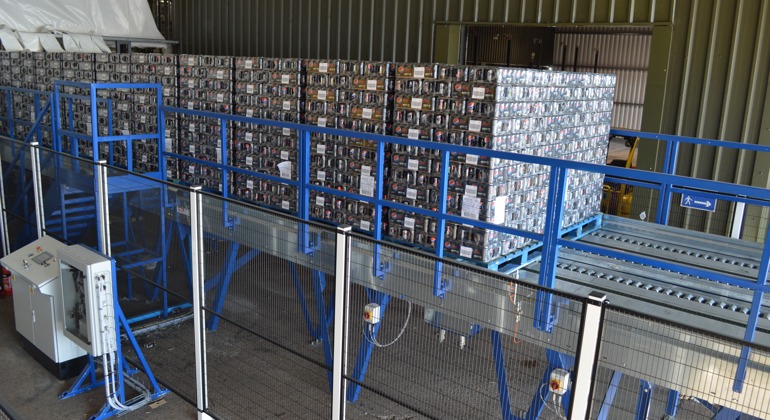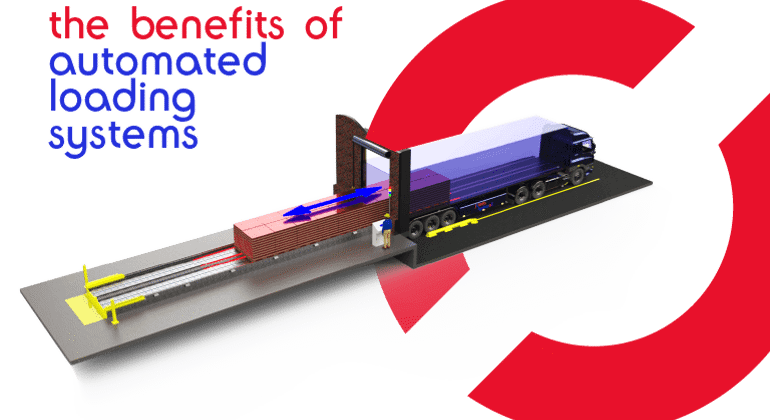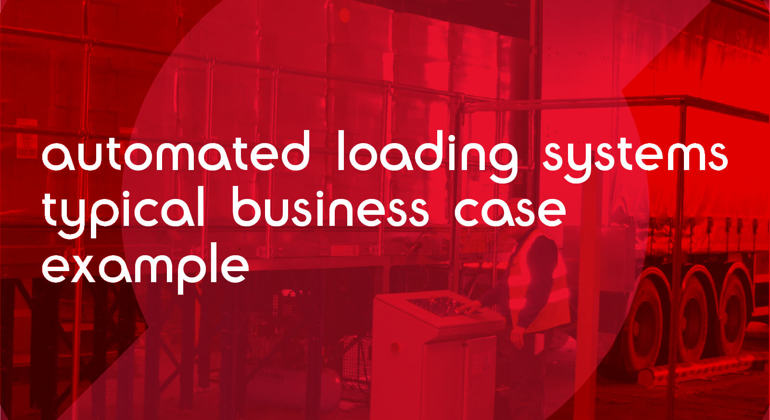Automation is a big part of warehouse operations today. A warehouse that doesn’t automate all or part of its processes is a warehouse that can get left behind. Automation can get rid of labour-intensive activities that entail repetitive physical work or manual data entry or analysis, speeding up operations in the warehouse and, ultimately, enabling the operator to get supplies in quicker or goods out to their customers more swiftly. Customers are keen to receive their orders as soon as possible, placing more and more demands on warehouses.
Below is a look in greater depth at what warehouse automation is, the pros and cons of warehouse automation and why you should consider it for your business. We also discuss Joloda’s approach to the challenges of warehouse automation and how the company’s solutions can help your business.
Book a FREE Loading Assessment
Learn how to make the loading process safer and more efficient with a no-obligation assessment...
BOOK NOW



